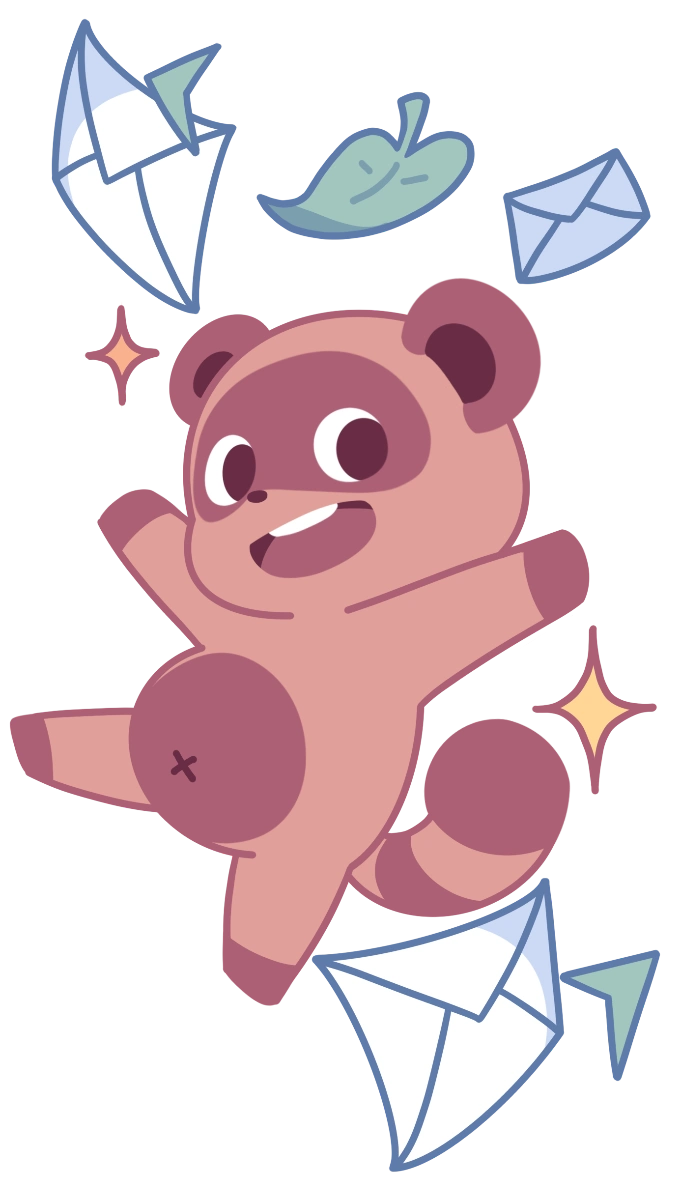If you're looking to implement a successful multi-channel marketing strategy for your eCommerce brand it will first require a somewhat light understanding of the fundamentals of customer lifecycle marketing.

This approach to customer communication takes into account the different stages a customer goes through to become a loyal and active consumer and highlights that they will likely require different marketing messages and content strategies, based on where they are in their journey.
While customer life cycle marketing applies to all areas of marketing, it’s importance reflects greatly in email marketing.
Thanks to the data eCommerce brands now collect on their customers crafting personalized user journeys over any channel, like email, is now super easy.
As a business owner, spending the time to look at the entire customer journey, proves beneficial in order to optimise your email content and shape your messaging based on where they are in this journey and what marketing content they will resonate with most.
The first place most brands start at is the welcome series.
The welcome series is, generally, one of the top performing automations most brands setup for their business, and as cliche as it sounds, first impressions are always important.
Your first interaction with a potential long-term customer, through email marketing, will be in the competitive environment of an overcrowded inbox.
Yet most businesses easily overlook the significance of engagement through their welcome message to make them stand out. The effectiveness of your welcome message can be amplified and solidified by creating a welcome series for your email marketing campaign.
Let's back it up with some stats
If you're not convinced to start your email marketing work with your welcome series, let's run some numbers by you to change your mind. Did you know that ...
- 74% of consumers expect a welcome email as soon as they subscribe. (WordStream)
- Welcome emails have a 91.43% open rate. (Hive.co)
- Welcome email read rates are 42% higher than the average email. (Campaign Monitor)
- Welcome emails have on average 4x the open rate and 5x the click-through rate of a standard email marketing campaign. (InboxArmy)
- New leads are most engaged within 48 hours of subscribing. (VerticalResponse)
- Welcome emails on average generate up to 320% more revenue per email than other promotional emails. (Invesp)
- 90% of consumers find custom content useful. (Demand Metric)
- Relevant emails drive 18x more revenue than broadcast emails. (Emma)
- Personalized email marketing generates a median ROI of 122%. (eMarketer)
How you can benefit with a well timed welcome series
Establishing credibility is perhaps one of the first things that may come to mind, especially for new brands.
The internet is saturated with ecommerce stores in nearly every niche.
Why should a customer trust you when they have no prior relationship with you? Why should they reach into their pockets and swipe that card?
Sending a welcome email helps soften the customer and warms them up faster while also pushing them through the sales funnel right from the get go.
This process is even faster when you incentivise sales by offering things like free delivery, coupons and discounts on first purchases. This is proved by the higher conversion rates of such marketing content.
You could also use the welcome email as an opportunity to show off how awesome your products/services are and maybe even the variety of categories you have to offer, all while being able to tell your brand story and using this as a form of storytelling. When customers connect with your brand on that level, it’s a priceless asset that can culminate into a long-standing customer who could potentially boost sales through word of mouth marketing. Ofcourse, this also ties you in with your tribe and helps you connect with the kind of customers you have painstakingly created your product for.
Your welcome emails, with their higher open rates, can also help boost your other marketing strategies such as social media marketing. When you include links to your Facebook or Instagram, you are essentially providing them with more touch points for the brand. Keep ‘em hooked, keep ‘em engaged.
Lastly, it’s a great way to connect with your community and thank them for their support by showing them appreciation. It’s the small details like a well crafted “thank you for joining our mailing list” message that can show your attention to detail towards the customers.
Why consider a welcome email series instead of just a single welcome email?
As discussed earlier, it really does matter where a customer may be in relation to your brand. When a customer signs up or subscribes to receive emails from you, their interest is at its peak and this is often touted as the “honeymoon period”. This is when first impressions matter and how you court them will perhaps influence the way they view their relationship with your brand in comparison to your competitors.
But what if, even after putting your best foot forward, your killer first impression is a bit of a hit and a miss and the customer doesn’t engage with your welcome email messaging. This is where an email series/sequence strategy comes into play.
So even though a welcome email can achieve several things, it might not always be wise to achieve all those goals through one single email. There might be chances that none of your messaging even got through in the first place. Prioritising what’s important and creating a multi-fold welcome email strategy is definitely a more effective way to go as multiple emails just help you have a better chance at winning the probability game.
Here is some expert insight from Sarah Anderson on welcome email goals - (from ActiveCampaign)
“A welcome series is the perfect way to introduce a new subscriber to your brand. They’re new here. Take a minute to bring them up to speed on all the awesome things you do. You can use your welcome series to showcase the best you have to offer. Share your top pieces of content, give a ton of value, and show that you’re here to help. To plan the individual emails, start by defining the main goal of each one before you sit down to write. What do you want a subscriber to do after reading it? Hit reply? Read your blog? Book a call? Choose the one most important action you want the reader to take. Make it the clear next step after reading the email. If there are multiple actions you want a subscriber to take, write multiple emails in your series to guide the reader through that journey.”
– Sarah Anderson is a conversion copywriter and email strategist. She writes at Pro Email Copy.
How many is too many?
So what’s the magic number? Think about it from the customer's view point - anymore than 2 or 3 emails in a welcome series may cause one to feel overwhelmed and create a disconnect between them and the brand. No one wants to feel like they are being bombarded or spammed by emails and that products are being pushed down their throats. You want it to be an organic development. Anything else and your welcome messages will have the opposite effect of getting them to unsubscribe.
As we saw from the data, conversion rates of welcome messages are fairly high. Incase the first email doesn’t cause engagement of any sort, a second email can be triggered to be sent with an offer to entice the customer. In the event of that not working either, a third and last email can be sent with a larger discount or other such incentives.
This kind of cascading sequence can help you pick up on your subscriber habits and additionally help build value propositions and set expectations for what your customer base can expect by being part of your subscriber list.
However, before you up the ante by sending them increased offers, you might want to test out if your current email content and messaging is serving you well. Check if your subject lines are effective and how your email is structured - experiment and tweak until you reach your goal! While you can try to predict the outcome (sometimes quite incorrectly due to our own preconceived notions or biases), testing such methodologies is the only real key to figuring out user engagement.
Keep these things in Mind
In one scenario, there are chances that the email bounces back to you right after the first welcome email is sent. If you don’t keep your bounce rate in check, it may prove detrimental to your IP and domain reputation, causing you to fall into spam traps and get put on deny-lists. Remove these ids off your list to avoid such complications.
Marketers should also identify users that don’t engage with their first welcome email and separate their email ids from the general recipients to test what works best for them. If they don’t respond to the follow up emails either, try to analyse the variables. Things that should be considered during this process, are:
- What time of the day was the email sent?
- How effective is it to provide them with promotions and offers in subsequent emails?
- What is the time interval between the emails in a welcome series?
- And ofcourse, lastly how many emails are in your series?
Conclusion
Now you have a kick-ass welcome email series and are excited to launch your campaign - but we’d be remiss if we didn’t take into account the possibility of it not working out the way you thought.
While it may be disappointing and even slightly discouraging when users don’t interact with your well crafted welcome email sequence campaign, it’s not all bad news. The flip side is that you are weeding out users that may be uninterested in your brand or maybe even just accidentally subscribed to your list (it happens more often than you’d think!).
Not only will you be able to then focus on creating targeted content for your active customer base, but by removing inactive emails you will be maintaining great list hygiene and thus have a top-notch quality email list. ISP’s specifically look into such details of user engagement when filtering mail - this of course we all know is super important to maintain credibility and not land up in the infamous spam traps and lists!
Enjoyed this article?
Get more email marketing tips delivered to your inbox. Join 4,000+ marketers.
No spam, unsubscribe anytime.


